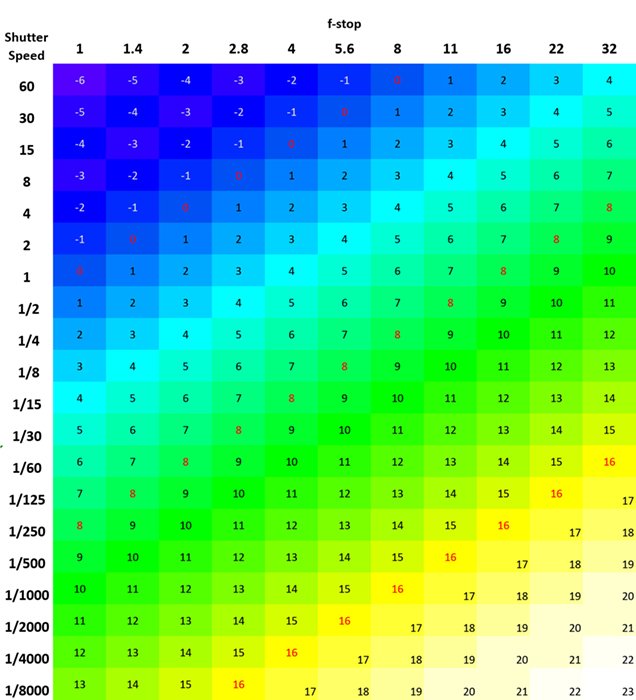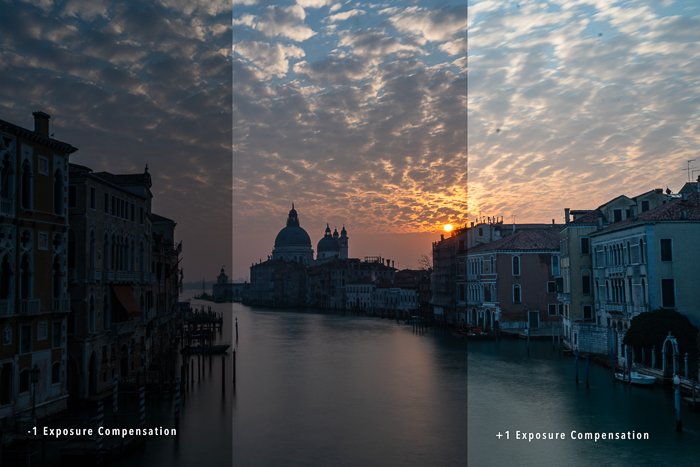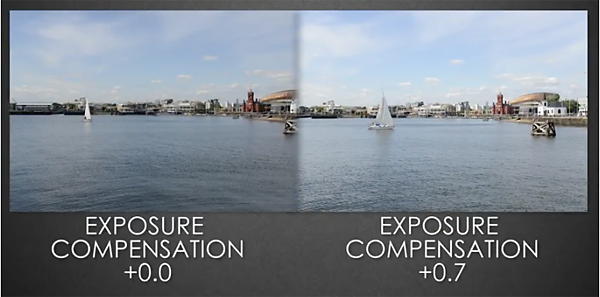Ev in camera refers to Exposure Value, a measurement of the camera’s aperture and shutter speed setting. It represents the combination of settings for proper exposure in photography.
Understanding Ev helps photographers adjust settings for optimal lighting conditions, resulting in well-exposed photos. By manipulating the Ev value, photographers can control the brightness and darkness of their images, enhancing the quality of their photographs. Proper knowledge and application of Ev enable photographers to capture stunning photos in various lighting environments.
Mastering Ev in camera settings is crucial for producing professional-looking photographs with accurate exposure levels.

Credit: expertphotography.com
Importance Of Ev In Photography
Understanding and effectively using Exposure Value (EV) is crucial for capturing high-quality photographs. EV refers to the amount of light that reaches the camera’s image sensor, determining the brightness and darkness of the resulting image. By evaluating and adjusting the EV, photographers can achieve correct exposure and bring out the desired details in their shots.
Correctly Exposing An Image
Exposing an image correctly ensures that the subject is neither too bright nor too dark, resulting in a well-balanced and visually appealing photograph. By using the camera’s EV settings, photographers can control the amount of light entering the camera and prevent overexposure or underexposure. This allows for accurate rendering of colors, textures, and details, resulting in a photograph that accurately represents the scene.
Understanding Exposure Compensation
Exposure Compensation is a feature that allows photographers to manually adjust the EV value to compensate for tricky lighting situations. By using positive or negative exposure compensation, photographers can override the camera’s automatic exposure settings to achieve the desired level of brightness. This is particularly useful in scenarios where the camera’s metering system may be tricked by high contrast scenes or when the subject is predominantly dark or bright.
For example, when photographing a subject against a bright background, such as a sunset, the camera’s automatic settings may result in underexposure, making the subject appear too dark. By increasing the exposure compensation value in this situation, the image will be properly exposed, bringing out the subject’s details and maintaining the overall balance of the composition.
On the other hand, in situations where the subject is predominantly bright, such as a snow-covered landscape, the camera’s automatic settings may result in overexposure, causing the image to appear washed out. By decreasing the exposure compensation value, photographers can maintain the details and tones in the image, overcoming the camera’s tendency to overexpose in such scenarios.
Understanding and effectively using exposure compensation empowers photographers to have greater control over the final image, helping them to achieve their creative vision and accurately convey the desired mood and atmosphere.
Being able to correctly expose an image and effectively use exposure compensation not only enhances the technical aspects of photography but also allows photographers to express their artistic vision. By mastering the concept of EV and using it to their advantage, photographers can capture stunning images that evoke emotions and tell powerful stories.

Credit: expertphotography.com
Factors Affecting Ev
Aperture
Aperture refers to the size of the opening within the lens through which light passes. A wider aperture allows more light to enter the camera, resulting in a higher EV. On the other hand, a narrower aperture lets in less light, leading to a lower EV.
Shutter Speed
Shutter speed determines the duration for which the camera’s shutter remains open to allow light to reach the sensor. A faster shutter speed reduces the amount of light reaching the sensor, resulting in a lower EV. Conversely, a slower shutter speed allows more light, leading to a higher EV.
Iso Sensitivity
ISO sensitivity refers to the camera sensor’s ability to capture light. A higher ISO setting increases the sensor’s sensitivity, allowing it to capture more light and resulting in a higher EV. Conversely, a lower ISO setting decreases sensitivity, leading to a lower EV.
Understanding The Ev Scale
The EV scale in photography refers to the exposure value, indicating the combination of aperture and shutter speed settings. It represents the amount of light captured by the camera, influencing the overall brightness of the image. Understanding EV is crucial for achieving the desired exposure in different lighting conditions, making it a fundamental aspect of photography.
Ev Numbers And Their Meanings
EV numbers represent different combinations of aperture and shutter speed settings. Each EV number corresponds to a specific exposure level.Using The Ev Scale To Adjust Exposure
The EV scale helps photographers determine the proper exposure settings quickly. They can use this scale to make adjustments on the fly. Understanding the EV scale is critical for mastering exposure in photography. The EV scale, or Exposure Value scale, simplifies the relationship between aperture, shutter speed, and ISO settings. It assigns a numeric value to different exposure configurations.Ev Numbers And Their Meanings
EV numbers represent different combinations of aperture and shutter speed settings. Each EV number corresponds to a specific exposure level. – EV 0 indicates correct exposure with a standard aperture and shutter speed. – EV +1 signifies one-stop overexposure compared to the correct exposure. – EV -1 indicates one-stop underexposure relative to the correct exposure.Using The Ev Scale To Adjust Exposure
Photographers can adjust exposure by changing the EV number. By either increasing or decreasing the EV value, they can achieve the desired exposure level.Using Ev In Different Lighting Conditions
EV, short for exposure value, is an essential concept in photography that determines the amount of light in a photo. It helps photographers capture images in different lighting conditions by adjusting the camera settings accordingly. Understanding EV allows photographers to capture well-exposed photos regardless of the lighting situation.
Using EV in different lighting conditions is crucial in photography. Let’s explore how EV helps in capturing stunning shots in various scenarios.Low Light Photography
Capturing beautiful images in low light is challenging. Setting the right EV value helps in adjusting exposure for clear and vibrant photos.High Contrast Scenes
In scenes with high contrast, such as bright sunlight and shadows, EV can balance the exposure. Adjusting the EV value ensures well-exposed and detailed images.
Credit: www.shutterbug.com
Conclusion
Understanding the concept of EV in photography is essential for achieving well-exposed and compelling images. By grasping the relationship between aperture, shutter speed, and ISO, photographers can control the exposure triangle effectively. Embracing EV allows for greater creative control and the ability to capture stunning photographs in any lighting condition.
Mastering EV will undoubtedly elevate your photography skills.


0 comments